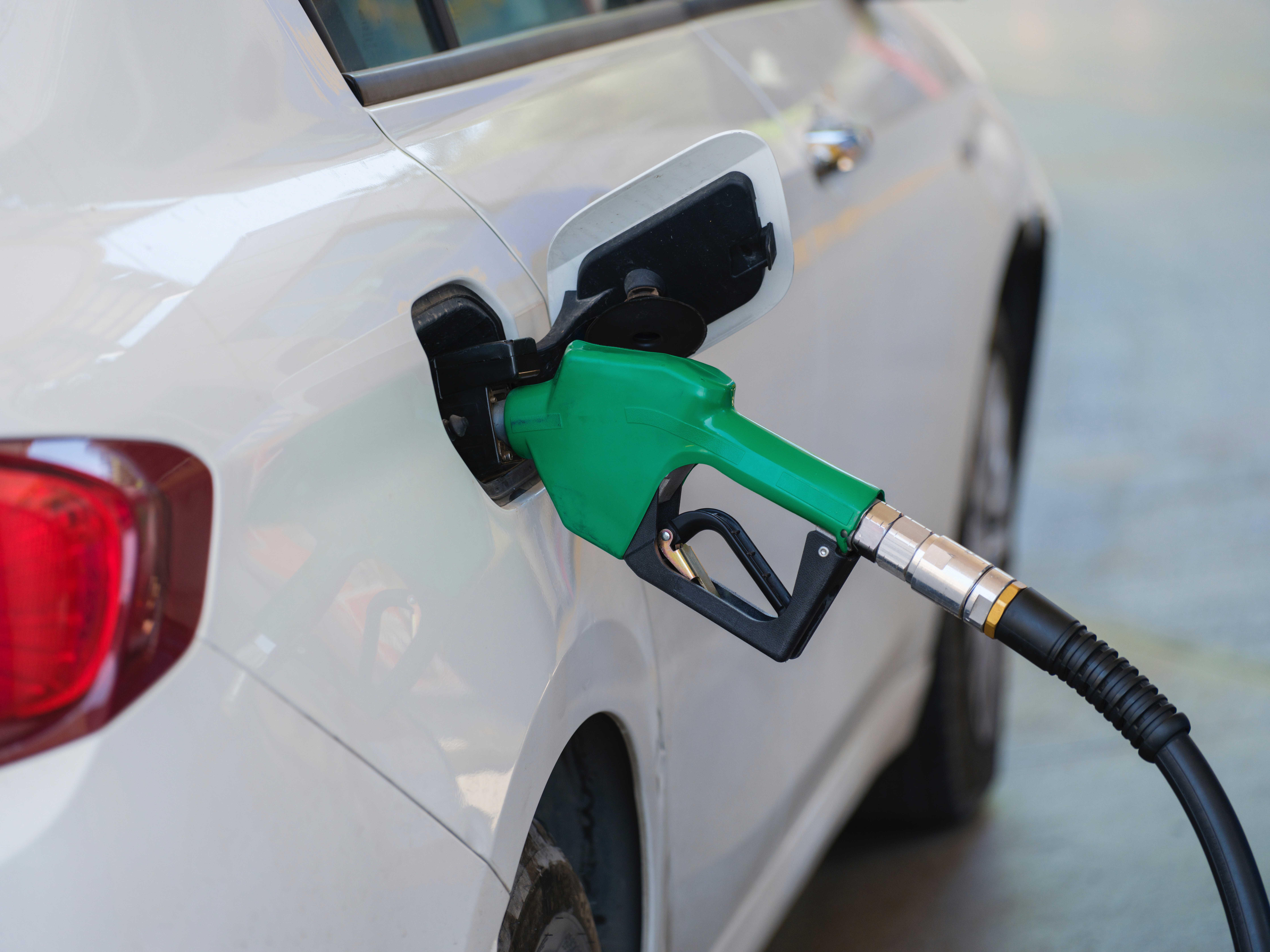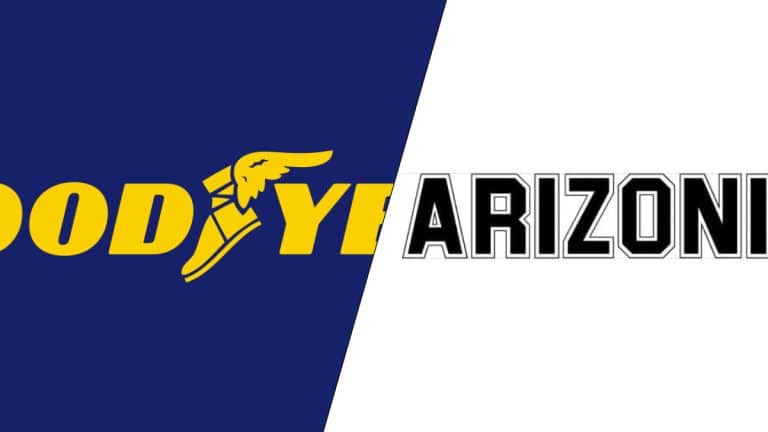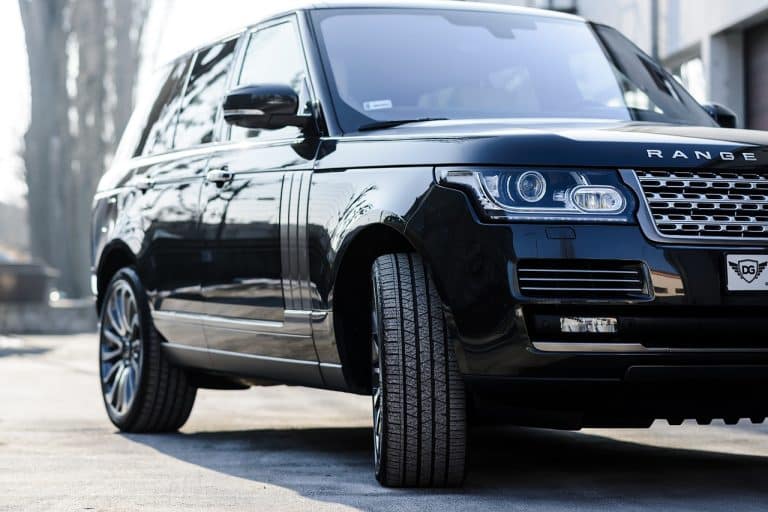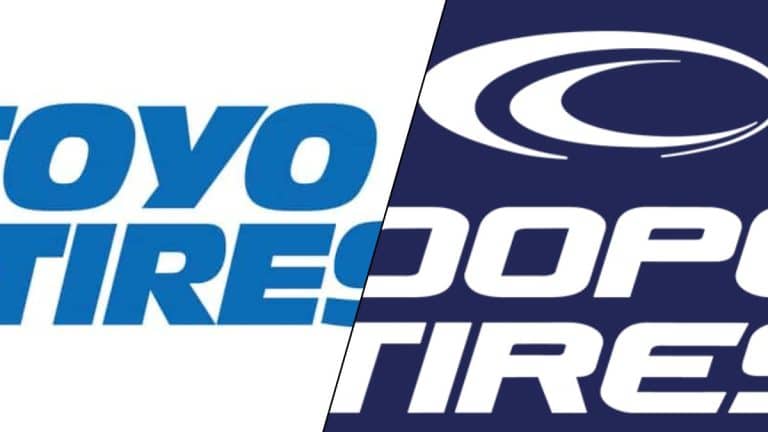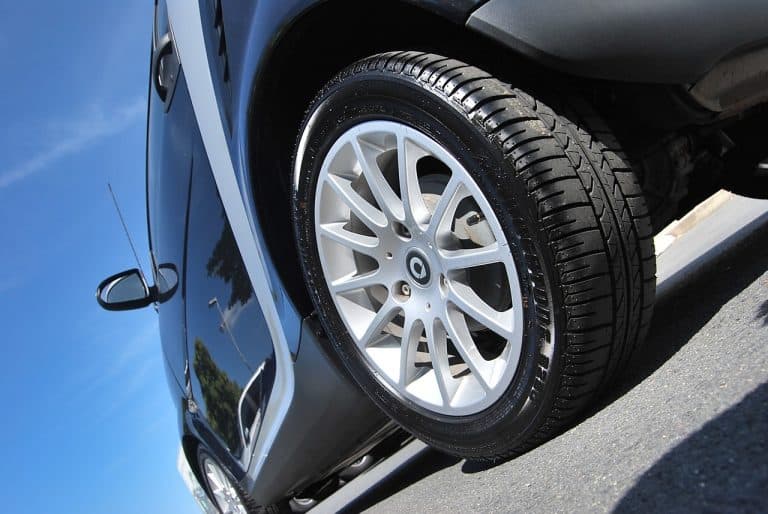Tips for Saving Fuel
Living in an era plagued by global warming and fuel prices that are as high as a kite means that car owners must take certain measures to combat them. Regardless if you’re environmentally aware or drive a gas-guzzling V8, being able to reduce the amount of fuel you use can be your saving grace.
To help you in your fuel-saving adventure, I’ve made a list of the best techniques you can practice daily. Some may be obvious, while others will seem weird, but believe me, they work. The most important thing to note is that even if you adopt all techniques, you won’t double your MPG, so you should set your expectations right.
I already made a list of the best tires for optimal fuel consumption, which is a solid starting point. Combining them with these tips should provide noticeable results. Also, don’t worry, I won’t recommend getting a new car. The point of this guide is to work with what you have, right?
Be Smooth
Being smooth in the club is one thing, but when it comes to driving, it can be the biggest MPG killer. A car’s consumption is the greatest when moving from a standstill. The engine needs to work more to move a 2-ton sedan, and it needs more fuel. Using fuel is unavoidable, but how much you use is what you can change.
A smooth and non-aggressive acceleration will use less fuel when compared to flooring it. This is because you’re not asking the car to reach the next traffic light in 5 seconds, so the engine won’t work as hard as possible. Smooth acceleration is the key to being as efficient with consumption.
Shift Earlier
Revving out an engine may be fun for Honda owners, but that’s also the part that kills the fuel economy in its tracks. Manual car owners control the gears, and as you go up the rev range, you reach the point where the engine makes the most power or torque. It’s fine if you’re on a drag strip, but on the road, it’s annoying, and you’re using more fuel.
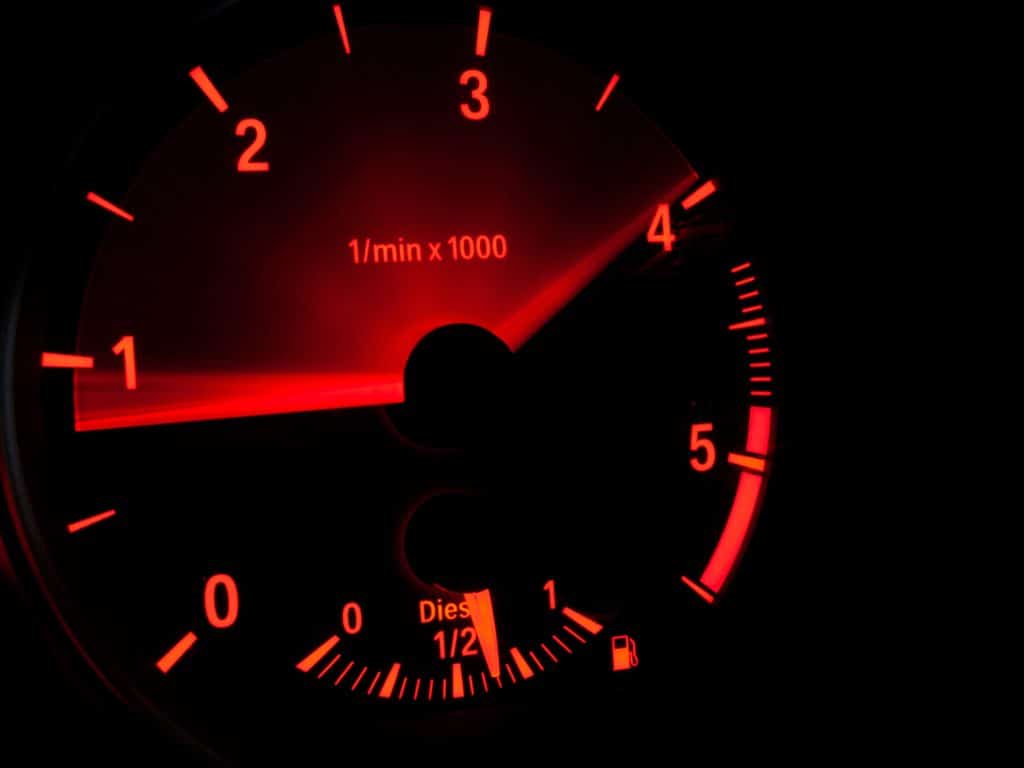
The optimal point of the engine is way high in the rev range, where you get the most out of it. That’s also the point where it uses the most fuel. To combat this, the best advice I can give you is to shift earlier. You won’t get the maximum, but you’ll burn less fuel.
Read the Road
Reading the road ahead means being mindful of your surroundings and driving accordingly. If you see that the traffic light couple of hundred feet ahead is red, the best thing you can do is coast. Gradually let off the gas, leave the car in gear and let it coast, and use the brakes only to bring it to a complete halt.
Naturally, you’ll need to know your car and at what speed it will cover the distance without needing to re-accelerate. The idea here is to reduce the speed and brake at the last minute gradually. You’ll wait at the light anyway, so why not save some fuel before you get there?
Forget about Neutral
I’ll try not to turn this into a rant, but neutral is something you should forget about in certain situations. I’ve seen more than enough people shifting into neutral when going downhill, justifying that as a good fuel-saving technique. This isn’t true, and in reality, you’d be using more fuel in neutral than in gear.
Most modern cars are equipped with a feature called deceleration fuel cut-off. This is where the car monitors the gas pedal, and if you’re not giving it any inputs and you are moving, it will cut the fuel entirely. The most important note here is that it only does that when it’s in gear or driving, depending if you’re driving a manual or an automatic car.
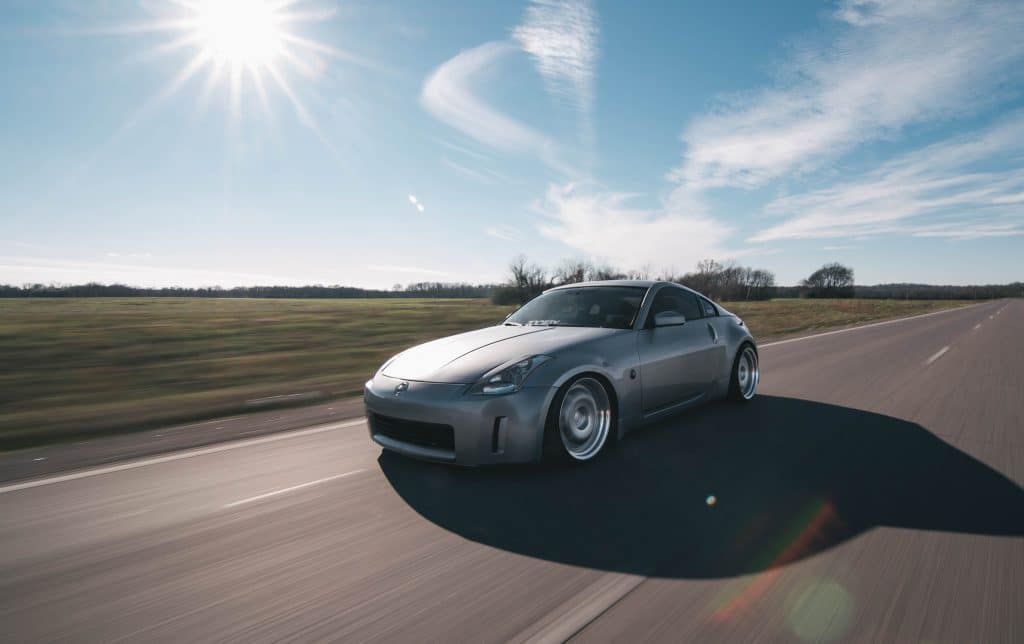
A moving car in gear won’t need any fuel because the tires rotate the engine through the driveshaft. No fuel is used in this process, but the essentials still operate as intended. So, when going downhill in gear, the car won’t use a drop of fuel, while the water pump, AC, and many other components will continue operating. On the other hand, if you’re doing this in neutral, the engine will need a bit of fuel to keep itself running.
It’s a similar approach to the previous recommendation. Letting the car coast will keep the engine running without using any gas. Keep in mind that this is available with newer cars, meaning that if your car is old enough to be in a retirement home, you probably won’t have this feature.
Put Your Car on a Diet
You may have heard some tuners and racers mention weight reduction. By reducing the weight, the engine will have less of it to carry around, so the car will be faster. This is ideal for improving 0-60 or lap times, but it can help with the economy in the real world.
The less weight a car has, the less the engine will have to work, which is the ideal way to save fuel, which I explained in the first section of this guide. Reducing weight in a daily driver doesn’t mean removing the seats or the liner, which defeats the purpose. With this tip, I’m referring to keeping the necessary things in your car.
For example, some people like to carry tools in the trunk, which is handy but also adds weight. A few pounds here, a few pounds there, and you’ll end up with a lot more weight than you realize.
Tire Maintenance
This is a tire website, so let’s discuss tires briefly. Going for a low-rolling resistance model is ideal, but that’s only half of the story. Maintenance is another aspect you should consider. When talking about this, the two most important sides to consider are pressure and alignment.
The most common problem people face is underinflated tires. I spoke about this issue in my uneven tire wear guide, but the second problem you may face is increased fuel consumption. Then there’s the alignment. Like with the pressure, bad alignment will cause uneven wear and damage to some of the other components, like your wallet, from the extra fuel you’ll use.
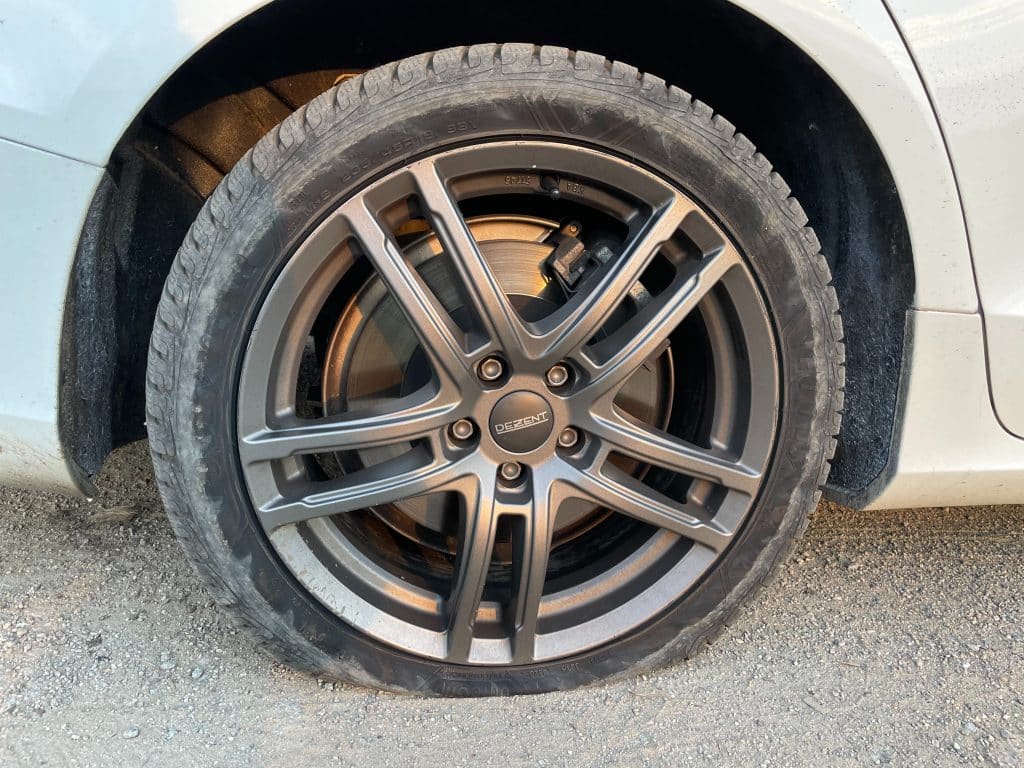
This is the main reason why your tires should be appropriately inflated, as the car manufacturer specified. Also, I’d recommend checking the alignment once or twice a year, depending on how many miles you drive. There are some unexpected situations, so if you hit a larger pothole or a curb, you may want to check the alignment afterward.
Wider isn’t Always Better
A while ago, I spoke about wider tires and what they have to offer, mainly revolving around better performance. With that said, there is a drawback to this in terms of fuel consumption. Going for wider tires means that you’re increasing the contact patch of the tire, which is where the performance boost comes from. That also increases rolling resistance, meaning you’ll experience increased fuel consumption. This will depend mainly on how much wider you’re willing to go. One step above won’t be a massive issue, but going for a few will be noticed.
Naturally, you’d probably think it’s a good idea to go for thinner tires. Yes, they will help you increase the MPG number, but they’ll also open you up to all sorts of problems. Imagine putting a 205 tire on a large SUV like an Audi Q7. A car weighing well over 2 tons with tires from an economy hatchback is dangerous to drive. I recommend going for the dimensions specified by the manufacturer and not going any wider. The car is optimized from the factory to work with those tires, so it will deliver the most optimal balance.
Regular Maintenance
I often say that a well-maintained car should last long, but in terms of fuel economy, a well-maintained car will also help you save some gas. Replacing the consumable parts at the required interval ensures that the engine runs optimally, which means it will consume the optimal amount of fuel. These include the oil, air filter, spark plugs (unless it’s a diesel), exhaust, and a few others. If any of these doesn’t perform as intended, the fuel consumption will be increased.
The most common problem here is the air filter. It acts as a filter and prevents dust and debris from entering the combustion chambers. As you drive, it captures the dirt, and if you don’t replace it in time, it will reach a point where it will get clogged. A clogged air filter means the engine won’t get enough air for the optimal air-to-fuel mixture, meaning the engine will need to work harder. The second common issue is the spark plugs. If you drive them well past their replacement mileage, you’ll start to reach a point where one of them may not produce a spark. This means that you won’t get detonation in one or more cylinders. Through the cycle, the unburnt fuel will go through the exhaust, and you’ll get reduced power, a shaky engine, and increased fuel consumption.
Turn off the Engine
We’ve all been in a situation where we need to wait a while, and some of us leave the engine running. While this is convenient, it’s also a good way to increase consumption. Even though the car isn’t moving, the engine is running at idle, roughly around 700-800 RPM, to keep the essentials running like the engine oil, coolant, AC if it’s on, and a few others. The engine consumes fuel for this process, which is what we’re trying to avoid here. If you plan to be parked for more than a few minutes, then turning off the engine is a good idea.
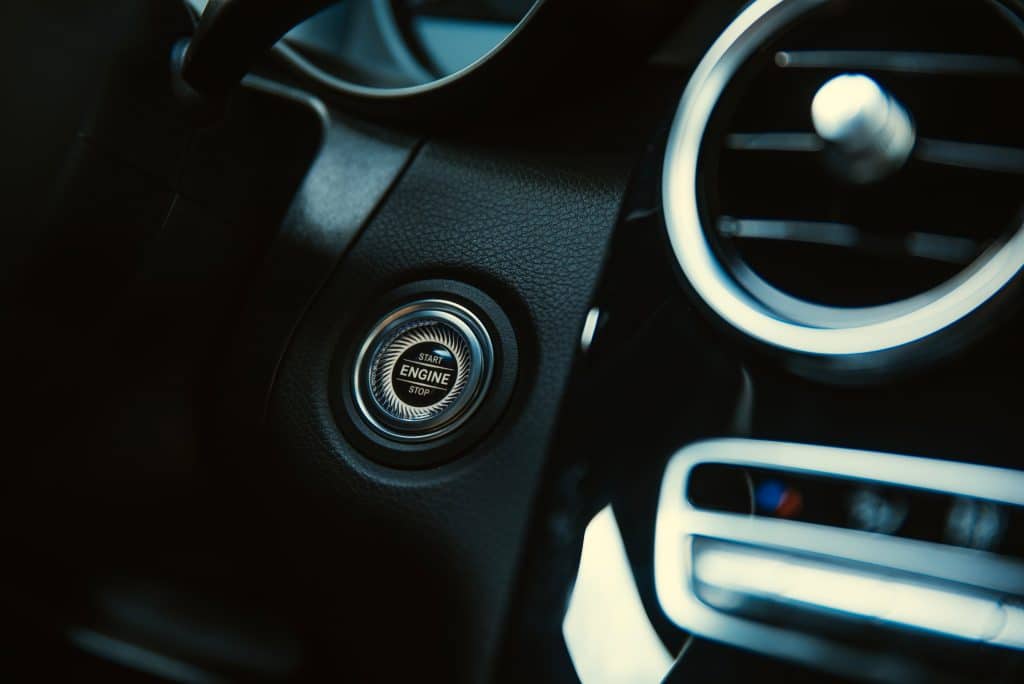
To be fair, there are situations where you may not want to do that. For example, a hot summer’s day is the worst when sitting in a car with the engine turned off. It means that you won’t have AC, and you’ll slowly start to melt. The idea is to avoid letting the car run if you don’t need to.
I must mention the start-stop system designed to save some fuel. I’m not a massive fan of this because it should save fuel, but the cost of other parts is higher, like the car battery or the starter motor. There is some balance to be found here, but I haven’t done that yet, so I’m not relying on it too much. Try it out and see if it works for you and your car. Some people are happy with it, and some don’t notice a difference.
Reduce Drag
Each car comes from the factory with specific parameters that the manufacturers tested. In terms of drag on a car, it’s a coefficient used to describe how aerodynamic the body is. Manufacturers test this with the windows up, meaning that doing the opposite will increase drag, thus making the engine do more work, resulting in increased fuel consumption. Around town, the difference between the windows up or down is negligible, but it can be noticed on the highway. The recommendation here is to keep the windows up when driving at higher speeds, and if you don’t need it, keep the AC off. It will save a bit more fuel that way.
It’s a similar approach to roof racks and boxes. Over the years, they’ve become quite aerodynamic, reducing drag and wind noise, but at the end of the day, they still create some drag. This is why in situations where you don’t need the racks and the box, I’d advise you to remove them. The process isn’t that complicated, so it shouldn’t be a massive issue for most people to take them off in a few minutes. It may help you save some fuel on the long run.
Avoid Short Trips
As a lazy person, I’m not a fan of this, but I’m aware of the consequences, so I have to mention it. Short trips are your worst enemy if you’re after the best MPG number possible. When you start the car with a cold engine, it will pump more fuel to keep the engine running smoothly, this is why the revs aren’t in the 700-800 range. Even if you drive away, it will still take some time for the engine to reach the optimal temperature, where the consumption is the most optimal.
I know there are situations where a short trip is unavoidable but try to keep them at a minimum. This is especially more noticeable in winter because the ambient temperature is near or below the freezing point, so the engine will take longer to reach the magic numbers.
Conclusion
Considering everything that’s going on, the idea behind fuel efficiency is understandable. Even drivers like myself that are fans of dynamic driving find themselves in situations where they start to think about ways to reduce the costs of running a car.
You can save some money on gas in many ways, and I’ve outlined the most common mistakes people make. Keep in mind that even in a best-case scenario, the MPG won’t be impressively high. You may increase it slightly but don’t expect to double it. Enthusiasts may not be happy with this, but at the end of the day, we all need to contribute, regardless of whether it’s for the environment or our wallets.
